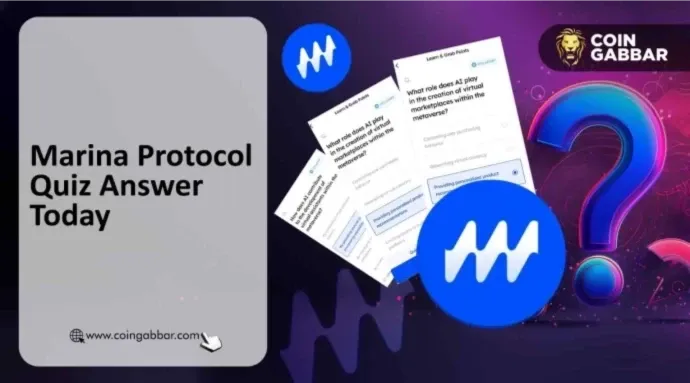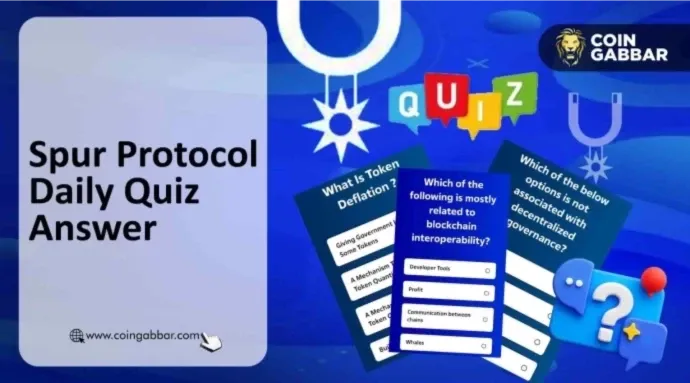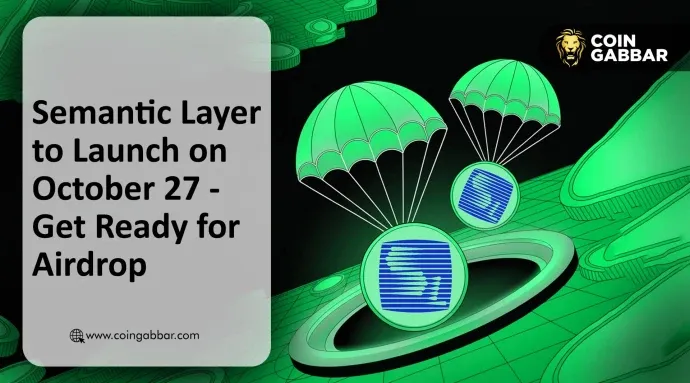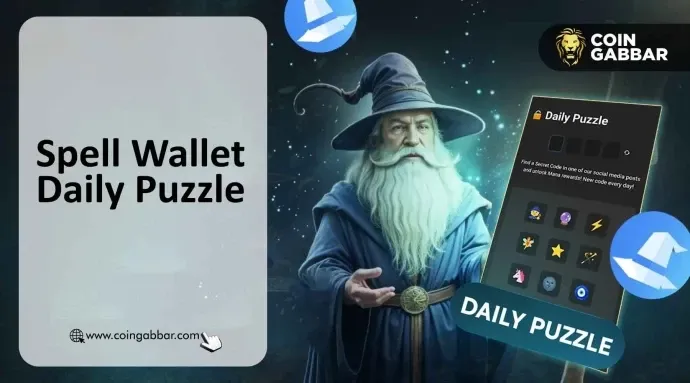Ethereum vs. Solana: Advantages and Challenges
Author: Mu Mu | Plain Language Blockchain
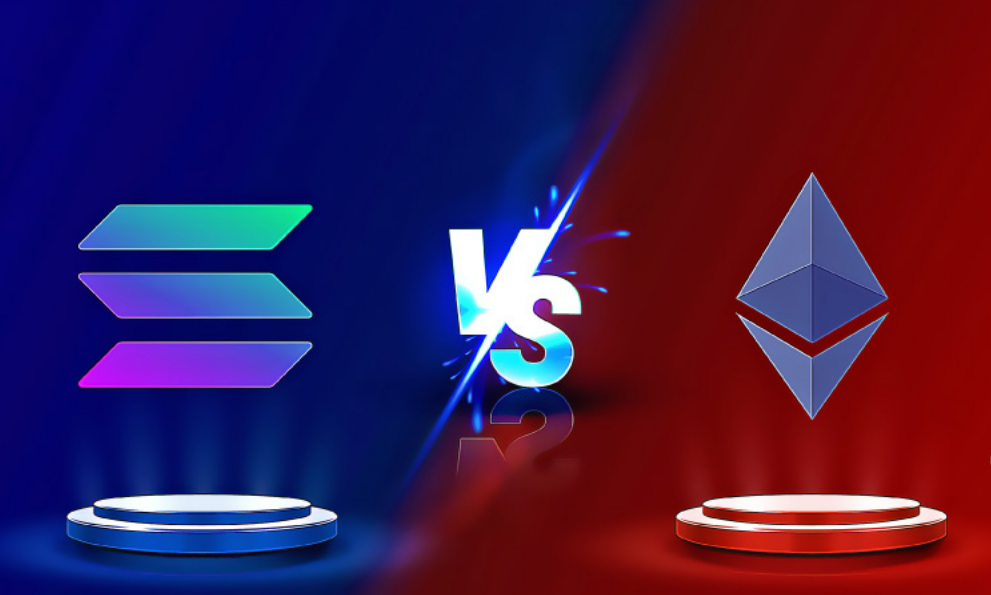
The crypto community has always had numerous branches of different projects, from the earliest Bitcoin hard forks, LTC, Doge, and other "altcoins," to the later emergence of well-known factions like Ethereum, EOS, and Solana. They represent different ideas and directions, and their ecosystems often see more attacks between communities due to differing viewpoints.
With Solana performing well this round while Ethereum's performance has been relatively lackluster, members of the Solana community say ETH is like the EOS of its time, while Ethereum community members counter that SOL is the one resembling EOS. When a project is considered similar to EOS, it implies that it is viewed as facing an unfavorable outlook or entering a "bottomless abyss." So which is more like EOS, ETH or SOL? Today, let's explore this from multiple angles…
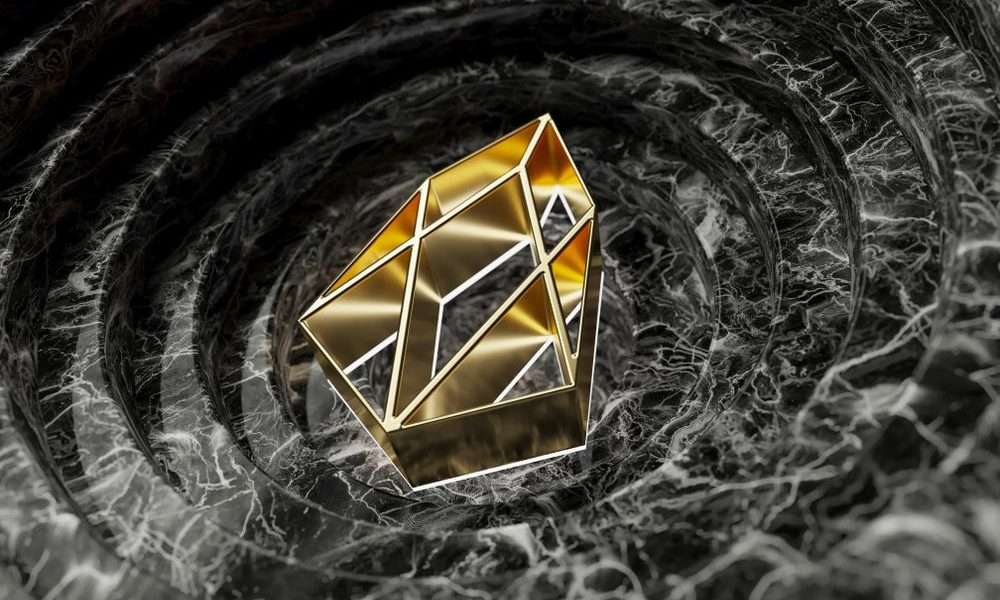
01
Technical Route and Design Philosophy
As underlying public chains, Ethereum, Solana, and the former EOS all aim to break the "impossible triangle" of blockchain technology, striving to become secure, reliable, high-performance, and highly scalable infrastructures.
In terms of scalability solutions, Ethereum has chosen to transition from a POW consensus mechanism to a special POS consensus mechanism and plans to enhance network throughput in the future through sharding. Currently, it has tentatively shifted to a Rollup Layer2-centric scalability solution and has made some progress.
In contrast, Solana has more aggressively employed "Proof of History" to achieve faster transaction confirmations, which under this consensus mechanism allows for high performance and the ability to handle a large volume of transactions. Similarly, the former EOS also focused on being a high-performance blockchain, achieving extremely high throughput through the DPoS (Delegated Proof of Stake) consensus mechanism.
In terms of technical routes, Solana and EOS are more alike, both sacrificing some decentralization in their pursuit of extreme performance, exposing issues of node centralization. However, the difference is that, despite experiencing several unstable outages, Solana is gradually optimizing and upgrading. Ethereum's approach is considered more conservative, choosing a difficult and complex path to avoid sacrificing decentralization.
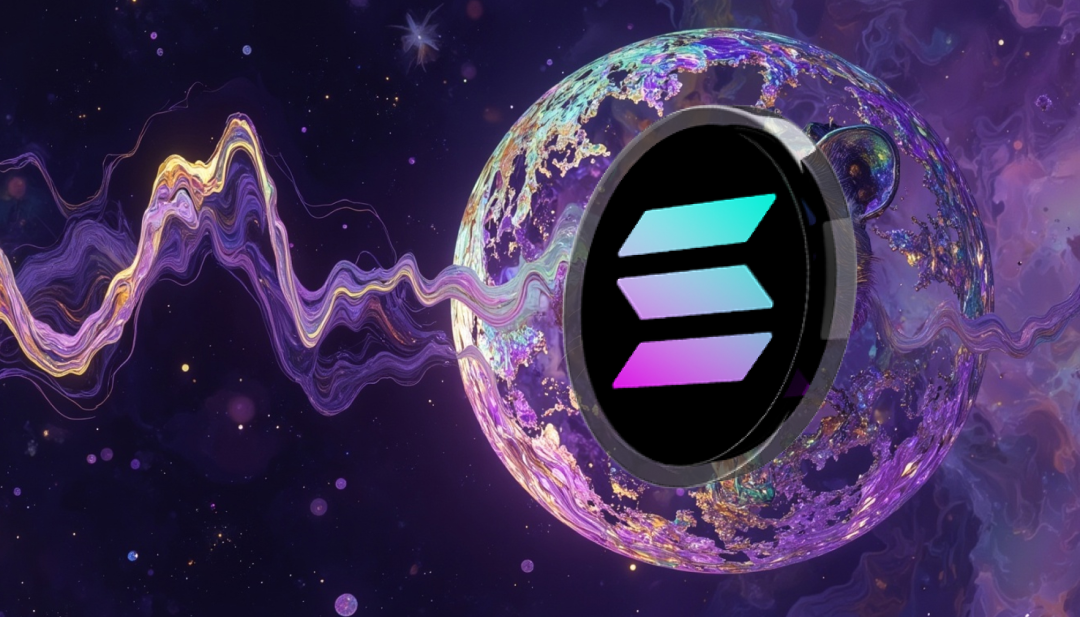
02
Sustainability
"Distance tests a horse's strength, time reveals a person's heart." In the ever-evolving crypto field, "survival" may be the most valuable trait of a project. Often, innovation also means taking unconventional paths, facing more risks and challenges.
Historically, Ethereum has withstood the test of "time," second only to the crypto asset leader, Bitcoin. Currently, Ethereum still maintains the largest developer community and an active ecosystem, with a moat of real-world applications like DeFi, and continuous innovation and ecosystem development keep it firmly in the "second" position among crypto assets.
EOS, on the other hand, seems to have failed the test of time. EOS and its ecosystem enjoyed a period of glory but later exposed some sustainability shortcomings, ultimately becoming stagnant, and whether it can "make a comeback" remains uncertain.
Solana, with a shorter history than EOS, has also faced the adverse effects of the collapse of its main supporter SBF and FTX, as well as frequent outages and attacks. It has certainly endured hardships, but it has also revealed some stability and security issues, putting its sustainability to the test.
Perhaps learning from EOS's relatively "failed" experience, the Ethereum and Solana communities will carefully consider sustainability issues.
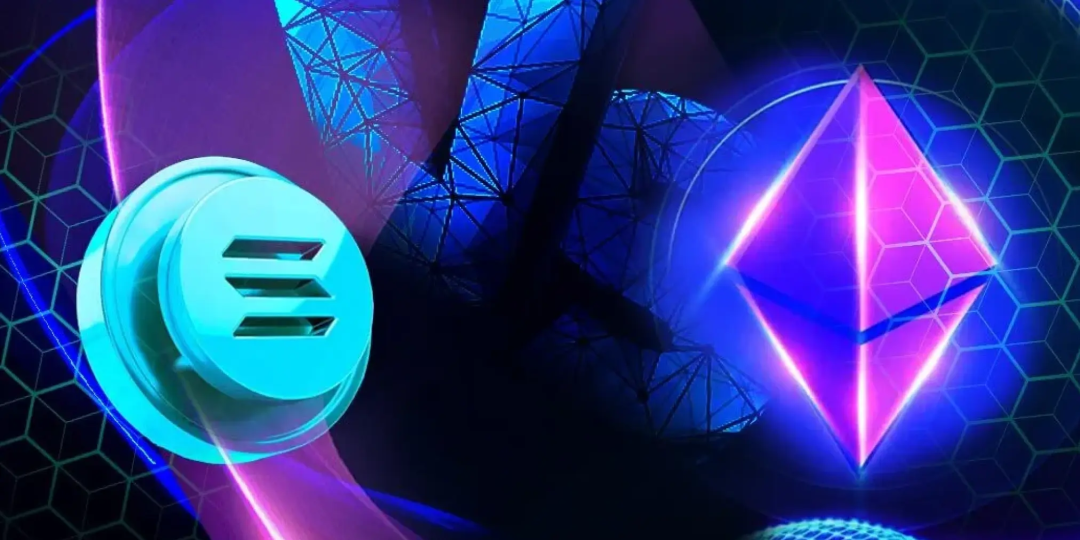
03
Community Support and Institutional Backing
The development of crypto projects is always inseparable from the continuous support of the community, which is also shadowed by institutional capital. A thriving ecosystem relies on the community, while capital from institutions accelerates its progress.
At its launch, EOS actually had widespread community consensus and received substantial capital and institutional support, with its development company Block.one investing considerable funds and resources. However, due to pressure from U.S. SEC regulations, Block.one, as the project party, could not directly participate in the mainnet launch and project operations. After settling a lawsuit with the SEC, it chose to "lie flat" with its massive wealth, effectively leaving the project to the community.
Due to governance model and centralization issues, EOS's community consensus gradually weakened, and the confidence of supernodes and developers was lost, leading to the result we see today.
In contrast to EOS, Solana has received relatively more support from Wall Street elites and capital, and its good performance seems to have quickly built strong community consensus. Its project team leadership is also exceptionally active in the community. Additionally, with the relaxed state of U.S. crypto regulation after Trump's administration, the Solana team does not face similar pressures; instead, they have gained continuous capital support due to the popularity of concepts like Meme and the "Made in USA" identity.
Ethereum's community and institutional support need no further elaboration. As the second-largest crypto asset and one of the only two U.S. stock spot ETFs, its ecosystem maturity and liquidity are significantly ahead, and with its sustainability advantages, its long-term appeal is likely to only increase.
04
Conclusion
Although we have analyzed the similarities and differences between Ethereum, Solana, and EOS from several important angles, on the surface, Solana appears to be more like the radical EOS, while Ethereum seems more stable. However, the "timing," "geography," and "human factors" differ for all three, perhaps none resemble each other, and each will face different tests, challenges, and unique paths.
Everything will be proven by time; under more favorable regulatory conditions, perhaps crypto projects like Ethereum and Solana can have a bright future.
What do you think? Vote and leave a comment below 👇
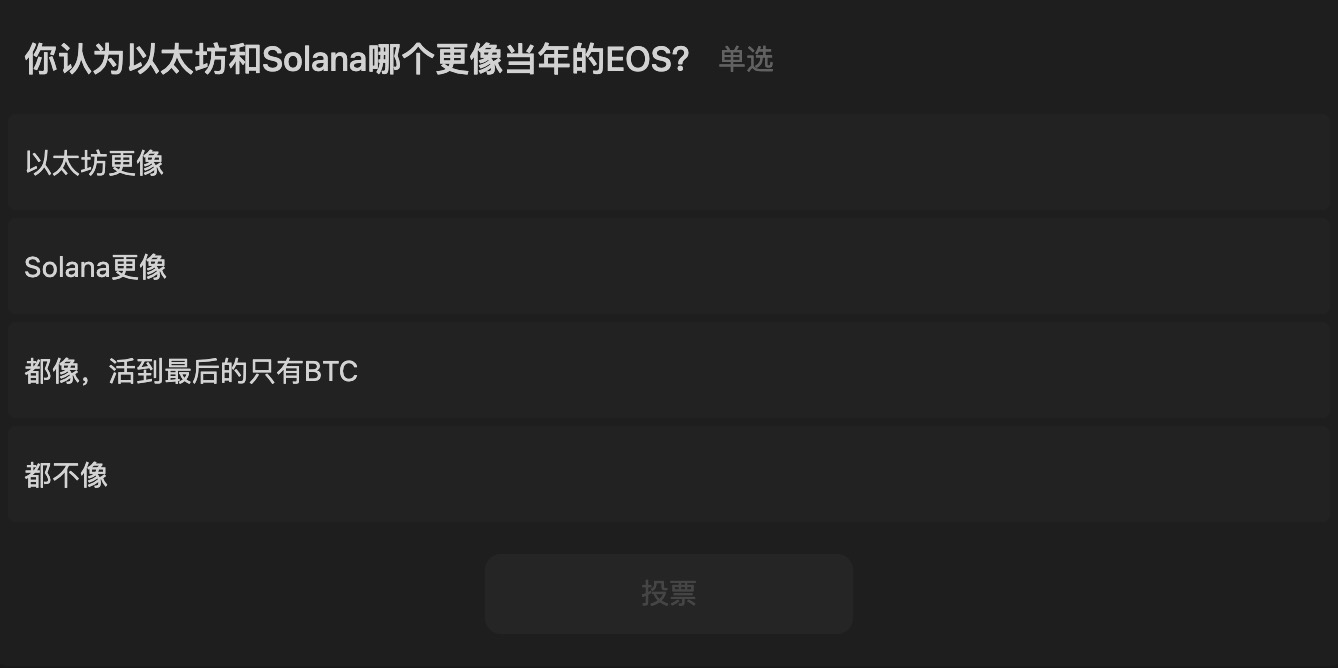
To participate in the event, please visit the "Plain Language Blockchain" WeChat official account.
Article link: https://www.hellobtc.com/kp/du/02/5664.html
Source: https://mp.weixin.qq.com/s/nWJkRcWn4okZDUmwL-Te1g
免责声明:本文章仅代表作者个人观点,不代表本平台的立场和观点。本文章仅供信息分享,不构成对任何人的任何投资建议。用户与作者之间的任何争议,与本平台无关。如网页中刊载的文章或图片涉及侵权,请提供相关的权利证明和身份证明发送邮件到support@aicoin.com,本平台相关工作人员将会进行核查。
